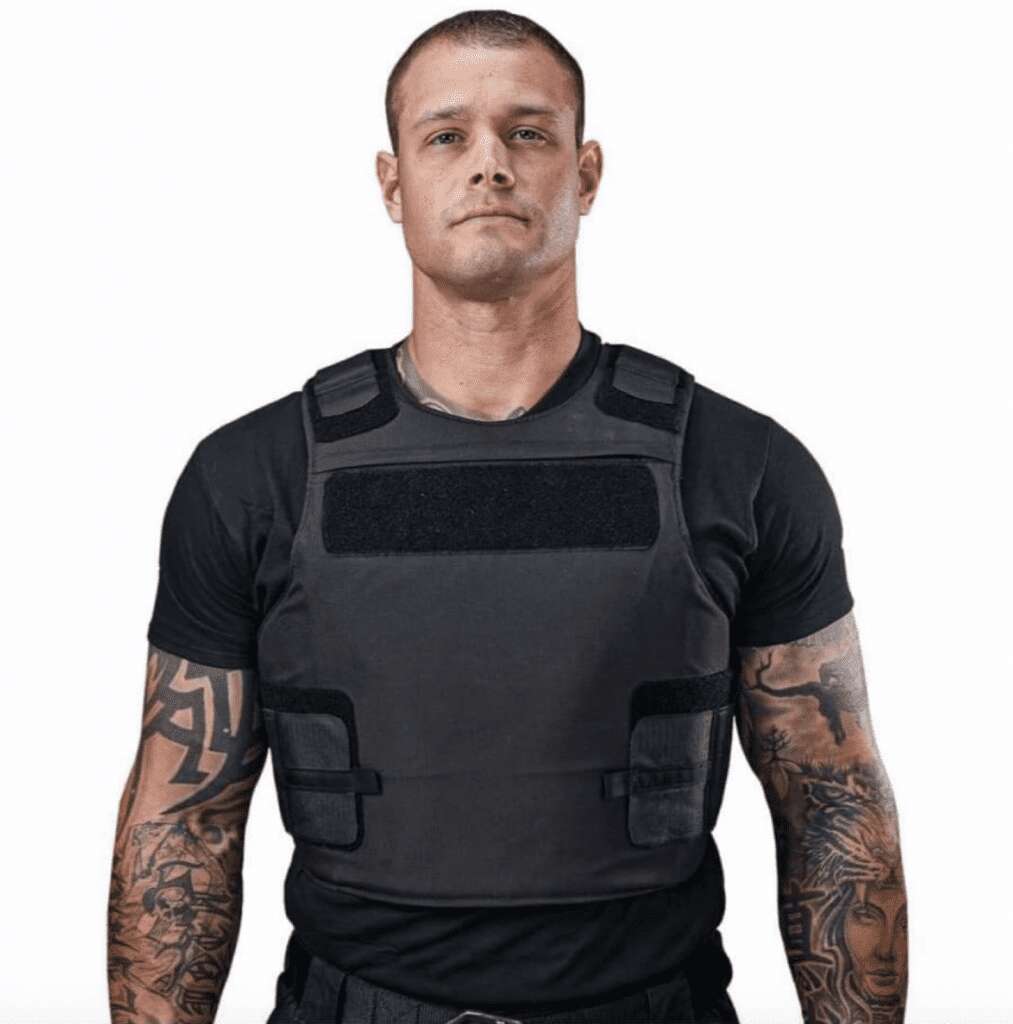In the beginning, people used animal skins or natural fibers made from straw, cotton, and silk. Then metals – copper and steel, replaced them. Increasing of the threat level effectiveness stimulates the body armor improvement. In modern times, we have reinvented the wear, light, and high protection simultaneously. What is soft body armor and how does it work?
What is Soft Body Armor?
During recent decades, we have found innovative ways in develop in materials and manufacturing technology. Synthetic fibers, nylon, UHMWPE, fiberglass, aramid fibers well known as Kevlar, vectran, biosteel are excellent ballistic protection and which vary in reduced weight at the same time. The body armor of this kind was called “soft”. During our manufacturing process here at Prime Armor in Tomball, Texas we use UHMWPE from Honeywell and other suppliers and 3000d Microlam which is a aramid material.
Unlike hard body armor, soft body armor one:
- provides a good fit to the end user’s body
- minimizes wearer fatigue
- provides sufficient breathability for extended use
- does not restrict the mobility
- provides the lightest protection against handguns and fragmantation
Worth to mention that each type of this kind of protection is designed against ballistic, explosive, piercing, cutting, and other threats, but the level of protection may not be equal. This problem can be clarified with the example of ballistic and piercing protection. A synthetic fiber made for ballistic protection should be interwoven in a way to provide sufficient movement within the weave. Due to this feature, body armor vest can catch the bullet but does not perform well against hits and strikes.
On the contrary, a synthetic fiber made to resist hits and strikes requires tight interweaving to stop knives and other sharp objects. The tightly interwoven textile can decrease the efficiency of ballistic protection.
To solve the problem, manufacturers integrate discrete armor solutions to increase the level of protection for several types of threats. The armor of this type is classified as “in-conjunction”.

Soft body armor consists not only of interwoven fibers. The textile includes a laminate combination and is reinforced with resin and/or polyethylene.
The first one increases the resistance against high temperature and pressure occurring at the moment a bullet hits the vest or the helmet. The second binds the fibers together.
Modern soft body armor integrates a variety of sophisticated polymers and textile technologies to become as durable, comfortable and lightweight as possible.
How Does Soft Body Armor Work?
Traditionally, body armor consists of textile and carriers with ballistic panels (plates). The last ones protect due to interwoven fibers discussed in the section above. 20-40 layers of fibers can stop pistols projectiles and prevent threats type IIA, II, and IIIA.
Additional plates protect against powerful threats and blunt trauma.
Threats marked as levels III (RF1) andlevel IV (RF3) have to do with rifle shots that can easily penetrate soft armor. If you need a high level of protection, you should use a vest reinforced by the hard armor plates inside the carriers. These plates make the projectile shatter before hitting the soft textile material. That is why it’s so important to understand potential threats and the level of the protection is requre to stop them.
Conclusion
Soft body armor is lightweight and flexible as made of a lightweight materials such as UHMWPE and Aramid fibers reinforced in different ways to guarantee extreme strength. Actual carriers are made out of textile materials like Nylon and Mesh fabrics in order to provide with a strenght and comfort to the end user.
Soft armor is the best choice to be worn underneath, concealable every-day wear but is not as strong as hard armor. It does not protect against rifle projectiles. That is why many people use it with hard armor elements such as ceramic or UHMWPE plates to be as protected as possible.